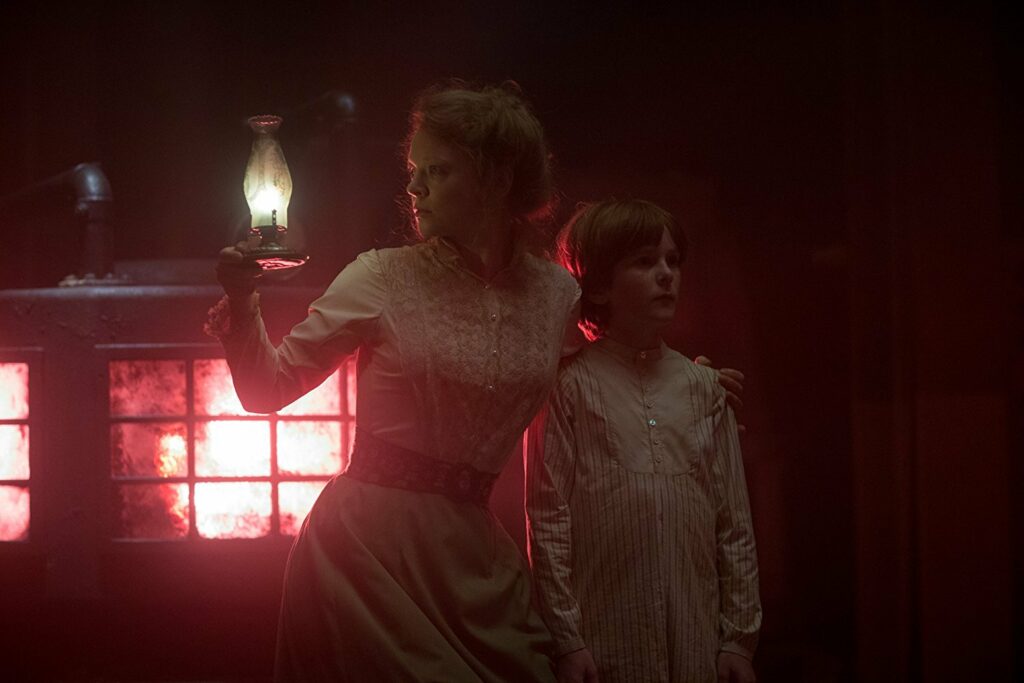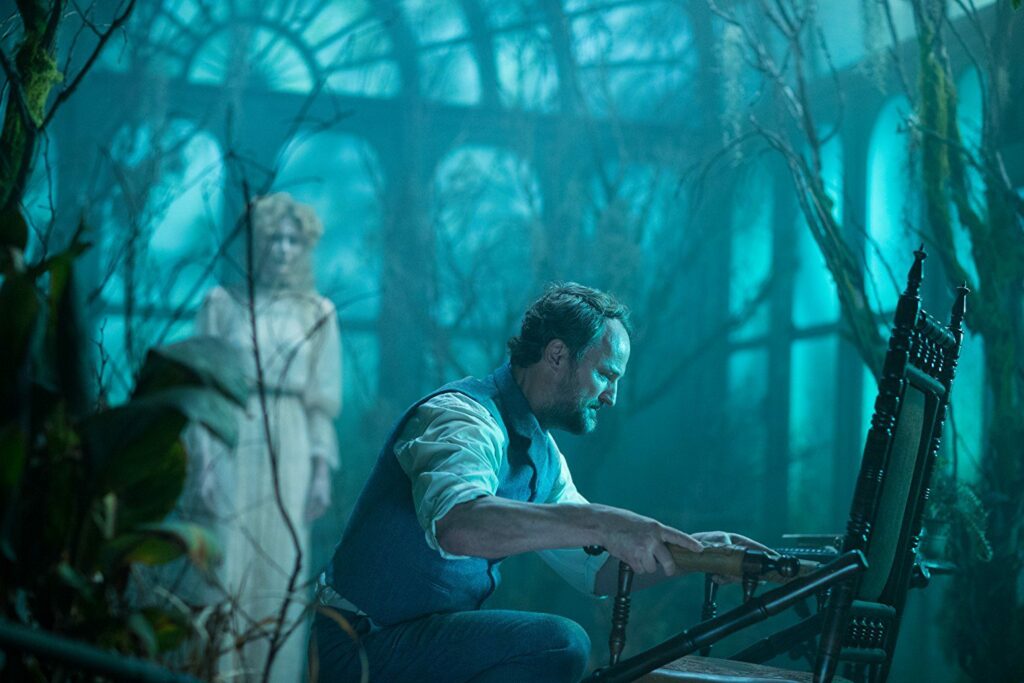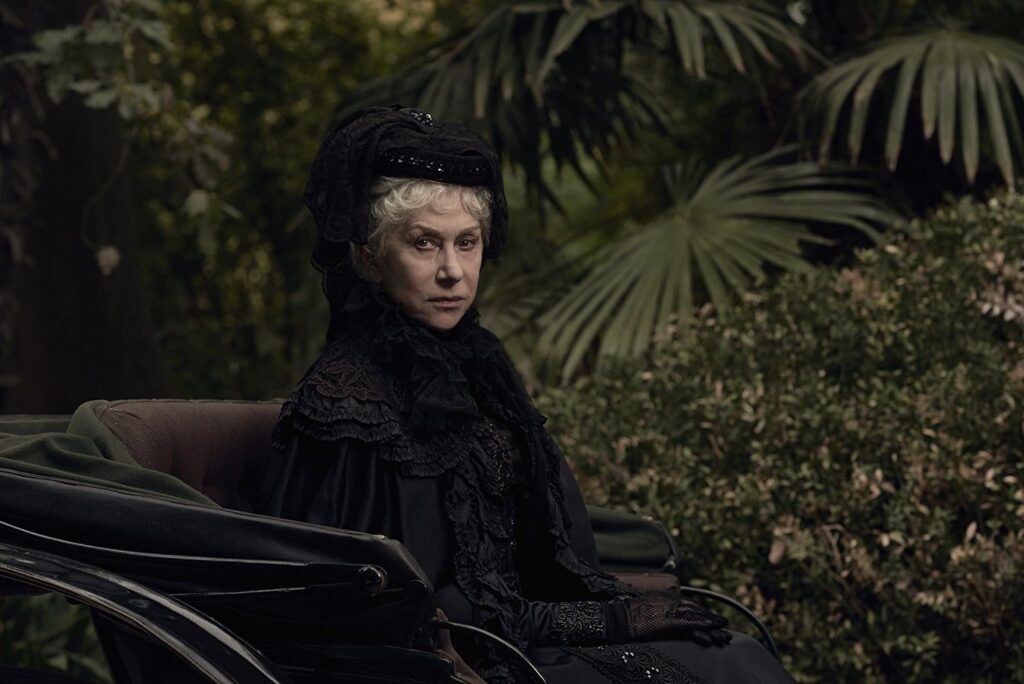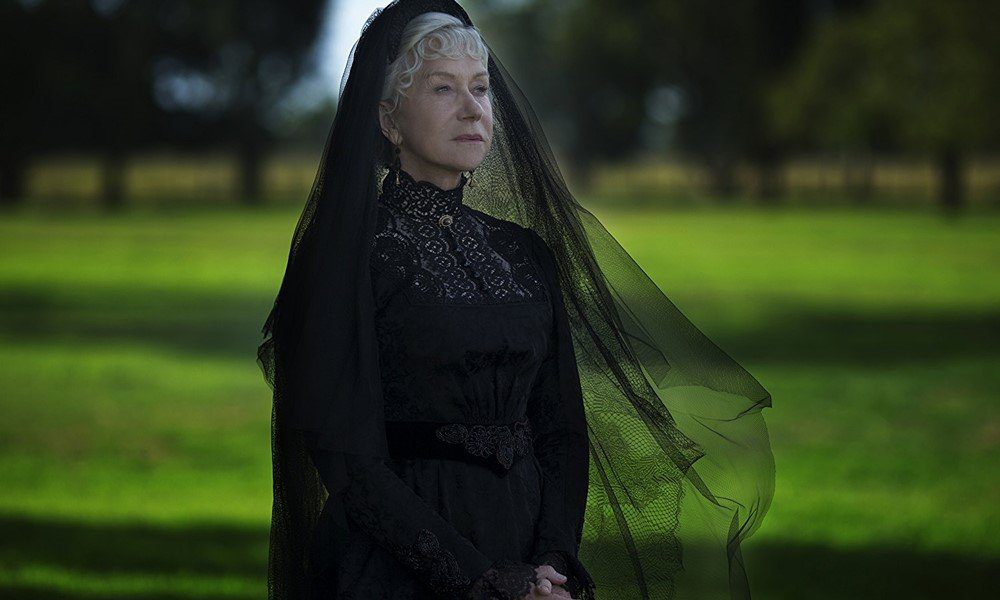A supernatural look into a story grounded in reality, Winchester is not only an impressive Victorian-esk horror, but a look at the possibilities of Australia’s transnational film collaborations.
2018 has already been a big year for Australian films, with Swinging Safari, Sweet Country and now Winchester proving that there’s more to Australia than the vast outback. Shot in various locations across Australia and the USA, as a co-production with support from Screen Australia and the Australian government, Winchester also provides a return to the screen for home-grown directing duo Peter and Michael Spierig (Daybreakers, Predestination).

Set in California 1906, the film follows the mysterious widow of the famed gun manufacturer William Winchester, Sarah Winchester (played by the talented Helen Mirren), as she is haunted by ghosts in her ever-changing mansion. As Sarah’s erratic actions and renovations are seen as a deterioration of her mental health, the Winchester company contact the troubled Dr Eric Price (Jason Clarke) to assess her stability. However, things become more surreal than they first appeared as Eric and Sarah, alongside Sarah’s niece Marian Marriott (Sarah Snook) and her son Henry Marriott (Finn Scicluna-O’Prey), witness first-hand the tragic consequences of the Winchester repeating rifle.
Despite an apparent look and feel of a typical haunted house horror, Winchester is closer to a drama with scares scattered in between, as the relationship between Eric and Sarah form the crux of the film. This tense relationship is only strengthened by the underlying social issues the Spierig brothers explored throughout the film, with gun violence finding a place in the film as relevant in 1906 as it is now in contemporary American society.

This broad societal connection, as well as the film’s unique connection specifically to the victims of the Winchester rifle, allows for an interesting twist to an otherwise common story. Although the overall tale is based on the real-life tourist attraction, the Winchester Mystery House – which was allegedly haunted by victims of the Winchester rifle in the early 20th century – there are plenty of liberties taken with the interpretation of this story.
As far as this fictionalisation of the events go, there were some aspects that felt unnecessary within the film. The roles of Marian and Henry Marriot got lost and felt particularly out of place in the final portions of the film, despite their connection to Sarah and their added mystery to the story earlier on. As for the ghosts in the film, the use of prosthetics and make-up to bring the supernatural speculation to life on the screen drove the action, with subtle detail in the varying designs.

The cinematography of the film was also more than fitting, with inventive camera angles following through the chaotic mansion in a way that allows the audience to feel as lost as the souls trapped inside. Coupled with impressive production design, this created one colossal haunted house from the multiple locations used to film – including the Winchester Mystery House itself.
Overall a socially relevant, dramatic haunted house film laced in history, Winchester presents an unfamiliar twist to a classic horror tale, reminding us all about the perils of the Winchester repeating rifle.




